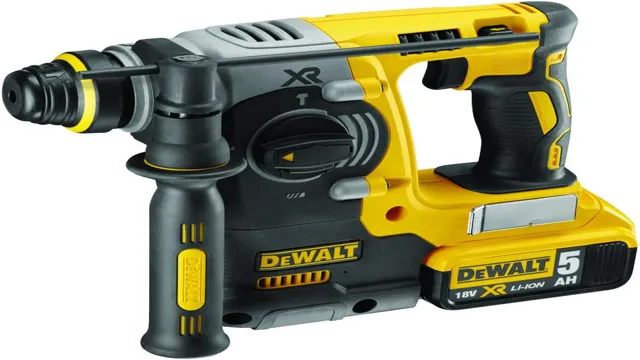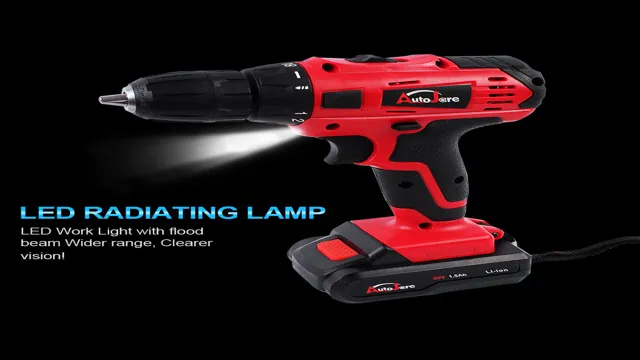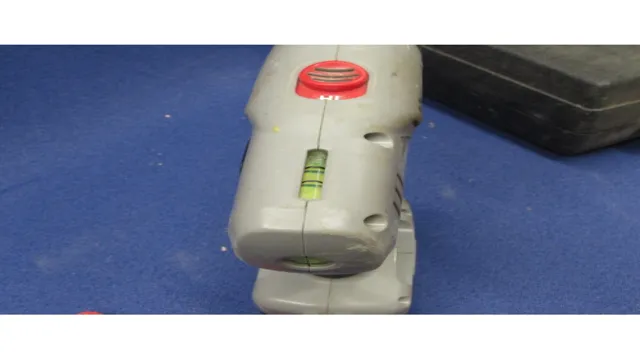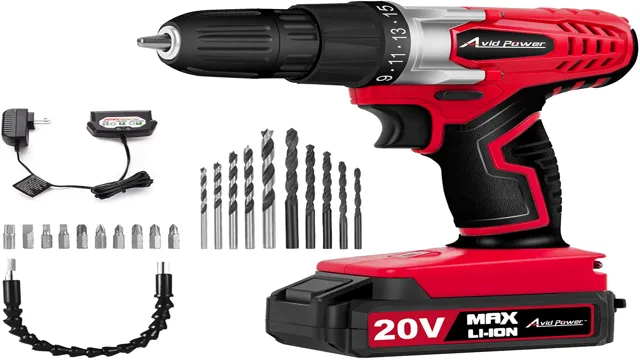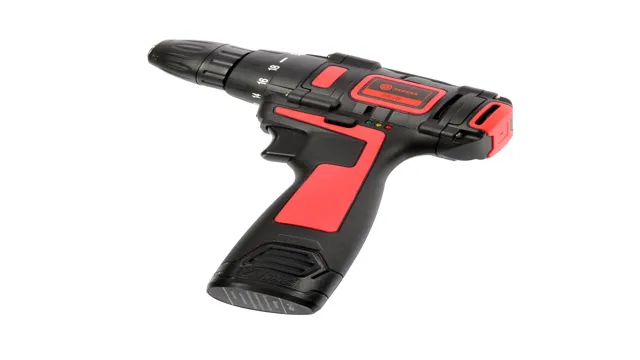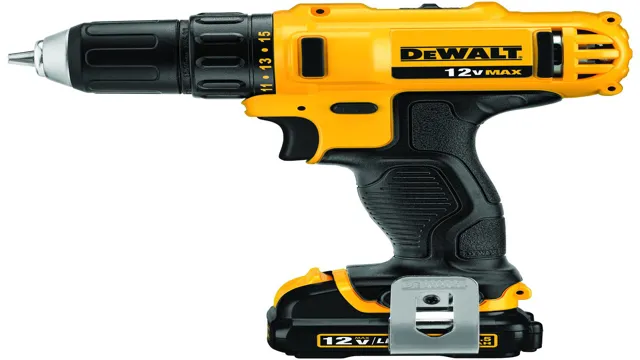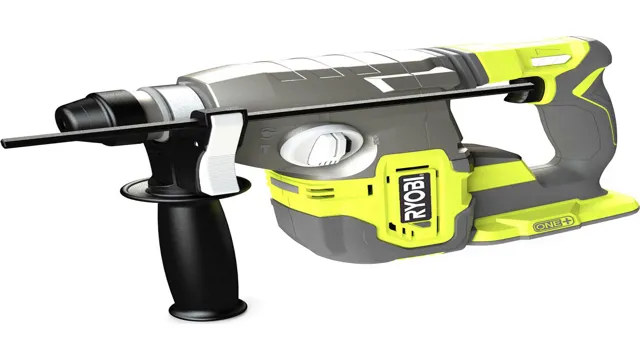What Size Motor in Cordless Drills is Best for Your DIY Projects?
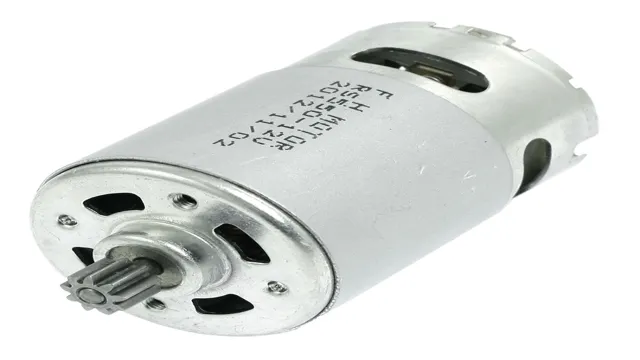
Have you ever been shopping for a cordless drill and wondered what motor size to choose? It can be overwhelming to navigate through the different options, especially if you’re not familiar with the terminology. However, understanding motor size is critical as it determines the power and torque of your drill. Think of it like a car – the motor size is equivalent to the horsepower.
A larger motor size will generate more power and speed, making it suitable for heavy-duty projects and drilling through tough materials like concrete. On the other hand, a smaller motor size will produce less power but is ideal for lighter tasks and DIY projects around the house. It’s essential to consider your specific needs and the types of projects you plan on using the drill for before selecting a motor size.
If you’re a professional contractor, you’ll likely need a higher motor size for more demanding jobs. But if you’re a casual DIYer, a smaller motor size could suffice. Ultimately, the motor size of a cordless drill is a critical factor in determining its effectiveness and efficiency.
So, before making a purchase, it’s wise to educate yourself on the different motor sizes available and choose one that matches your needs.
Understanding Motor Size
Cordless drills are a staple in any DIYer’s toolkit, but understanding motor size can be a bit tricky. The size of the motor in a cordless drill is measured in volts, and the higher the voltage, the more powerful the drill will be. Most cordless drills range from 12-20 volts, with some models going up to 36 volts.
However, it’s important to note that a higher voltage doesn’t always mean a better drill for your specific needs. For casual users, a lower voltage drill might be all that’s needed, but for professionals or those tackling tougher projects, a higher voltage drill is recommended. It’s also worth considering the type of battery the drill uses, as this can impact the torque and speed of the drill.
Ultimately, the size of the motor in a cordless drill should be chosen based on the user’s needs and the types of projects they will be using the tool for.
Power vs. Torque
Understanding motor size is a crucial aspect when it comes to choosing the right motor for any application. It’s crucial to know the difference between power and torque, which are often confused, but they play different roles in the performance of motors. Power is a measure of work done over time, while torque is the force that causes rotational motion.
In other words, torque is the twisting force required to turn an object, whereas power is the energy needed to sustain or increase that movement. A good motor should deliver both high power and high torque, but it’s important to know which one is required most. While power is necessary for high-speed machines, torque is essential in heavy-duty applications that require a lot of force, such as robotics or manufacturing.
Knowing the right balance between power and torque will help you choose the right motor size to meet your application’s needs.
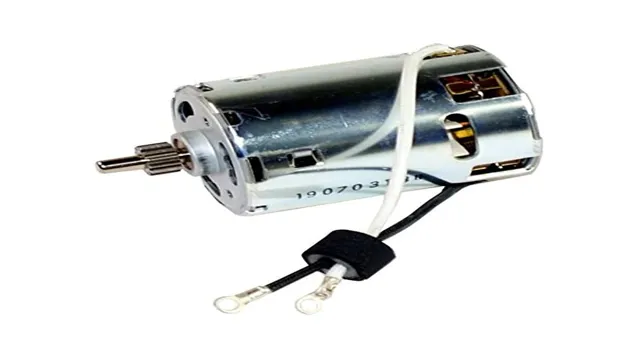
Voltage and Amps
Understanding motor size can be confusing, but two important factors to consider are voltage and amps. Voltage is the electrical pressure that powers the motor while amps measure the electrical current flowing through it. The higher the voltage, the faster the motor will run, while amps determine the overall power output.
It’s important to choose the right motor size based on your specific needs and usage. If you’re unsure, consult a professional or do some research before making a purchase. Just like a car engine, a motor that is too small for the job will struggle and wear out quickly, while a motor that is too large will waste energy and be unnecessarily expensive.
So make sure you understand the voltage and amps needed for your application before choosing a motor size, to ensure optimal performance and efficiency.
Popular Motor Sizes
If you’re in the market for a cordless drill, you may be wondering what size motor you should look for. Generally speaking, cordless drills come in a range of motor sizes, each with their own strengths and weaknesses. For light to medium duty tasks, a drill with a motor size of 12 volts to 18 volts should suffice.
If you require more power for heavy duty tasks, a motor size of 20 volts to 36 volts may be necessary. Keep in mind that a larger motor size will typically increase the weight of the drill, which may make it more difficult to handle for extended periods of time. Additionally, larger motors may also drain the battery more quickly, so it’s important to consider both your power needs as well as the drill’s overall weight and battery capacity when selecting a motor size.
You May Also Love:
Overall, the size of the motor in your cordless drill will largely depend on your intended use and the types of tasks you plan to tackle with it.
12V Drills
12V drills remain popular among DIY enthusiasts and professionals alike for their versatility, ease of use, and affordability. Motor size is an important consideration when selecting a 12V drill. Typically, these drills come with either a 0.
8-amp or 5-amp motor. The 0.
8-amp motor is suitable for light to medium tasks, such as drilling holes in softwoods or assembling flat-pack furniture. On the other hand, a more powerful 5-amp motor is more suitable for heavier tasks, such as drilling through hardwood or mixing materials.
It’s crucial to consider the intended use of your 12V drill and select the appropriate motor size to ensure optimal performance and results. Remember, a 12V drill is a versatile tool, and picking the correct motor size can make all the difference.
18V Drills
When it comes to choosing the right size motor for your 18V drill, there are a few popular options to consider. One of the most common is the ½ inch motor, which offers plenty of power for most drilling tasks. This size is great for drilling into wood, metal, or plastic, and is often found in cordless drills designed for DIY and general home use.
Another popular motor size for 18V drills is the ⅜ inch option. This smaller size is ideal for frequent use, as it is more lightweight and easier to handle than larger options. While it may not have quite as much power as the ½ inch motor, it is still capable of handling most home drilling jobs with ease.
Ultimately, the size of the motor you choose will depend on your specific needs and the types of projects you plan to tackle. Whether you opt for a larger or smaller motor size, be sure to choose a drill that is well-built, durable, and designed for the tasks you intend to use it for. By doing so, you can ensure that your 18V drill will be a reliable addition to your toolbox for years to come.
20V/60V Drills
When it comes to cordless drills, the motor size is an important factor to consider. Two popular motor sizes that you might come across are 20V and 60V. These numbers refer to the maximum voltage that the drill’s battery can deliver to the motor.
Generally, 20V drills are suitable for light to medium-duty tasks, while 60V drills are designed for heavy-duty applications. Additionally, 60V drills tend to have larger batteries, which enable them to run for longer periods without needing a recharge. However, 20V drills are still a great choice for most DIY projects and can handle tasks such as drilling into wood, drywall, and some metal.
Ultimately, the motor size you choose will depend on the types of projects you plan to tackle and the amount of power you require. So, whether you opt for a 20V or 60V drill, make sure to choose one with the features and capabilities that best suit your needs.
Choosing the Right Size
When it comes to cordless drills, the size of the motor is an important factor to consider. The size of the motor is measured in volts, and generally, the higher the voltage, the more power the drill will have. However, it’s important to choose a size that is appropriate for the type of work you’ll be doing.
For simple home repairs and DIY projects, a drill with a motor between 12 and 18 volts should be sufficient. If you’re planning on using your drill for more heavy-duty work, such as drilling through masonry or metal, a motor with a higher voltage, such as 20 volts or more, would be a better choice. It’s important to also take into account the weight of the drill, as larger motors can make the drill heavier and more difficult to handle for extended periods of time.
In the end, choosing the right size motor for your cordless drill will ultimately depend on the type of work you’ll be doing and your personal preferences.
Usage and Application
When it comes to using and applying a product, choosing the right size is crucial to ensure its effectiveness. Whether you’re purchasing clothing, furniture, or any other item, picking the correct size is essential for optimal usage. For example, if you buy a shirt that’s too small, it won’t fit properly, and if it’s too big, it might be uncomfortable or look unflattering on you.
The same goes for purchasing furniture; if you buy a sofa that’s too large, it won’t fit in your living space, and if you get one that’s too small, it won’t be comfortable. To avoid such problems, make sure to take accurate measurements and refer to size charts or other relevant information provided by the manufacturer. Moreover, don’t assume that one size fits all, as different brands and products might have varied sizing standards.
Taking the extra time to choose the right size can save you from unnecessary hassles and expenses in the long run. As a result, when shopping for any item, always keep the right size in mind to make the most out of your purchase.
Ergonomics and Comfort
When it comes to ergonomic office chairs, choosing the right size is crucial for both comfort and efficiency. A chair that doesn’t fit your body properly can create various physical issues, including back pain and poor posture. On the other hand, a chair that’s too big can make you feel unstable and uncomfortable, which can affect your concentration and overall performance.
That’s why it’s important to measure your body height and weight before making a purchase. Remember, the perfect ergonomic chair should fit your body like a glove, providing optimal support to your back, arms, and legs. So don’t settle for a one-size-fits-all solution; invest in a chair that meets your unique needs, and see how it can improve your work experience and productivity.
Conclusion
So, in conclusion, the size of a motor in cordless drills truly depends on your specific drilling needs. Whether you’re a DIY enthusiast or a professional contractor, the motor size will play a crucial role in the overall performance of your drill. But, remember that bigger isn’t necessarily always better.
So choose wisely, and happy drilling!”
FAQs
1. What is the average motor size of a cordless drill? A: The average motor size of a cordless drill is around 12 volts, but it can range from 4 to 20 volts depending on the model. 2. Is a higher voltage motor better in a cordless drill? A: Generally, a higher voltage motor produces more power and is better for heavy-duty tasks, but it also makes the drill heavier and more expensive. 3. How long does a cordless drill with a 12-volt motor typically last on a single charge? A: A cordless drill with a 12-volt motor can last up to 2-3 hours on a single charge, depending on the type of work it is used for. 4. Can the motor size affect the speed of a cordless drill? A: Yes, the motor size is directly related to the speed of a cordless drill. A higher voltage motor produces more rotations per minute (RPM) and a faster drilling speed. 5. Are brushless motors better in cordless drills? A: Brushless motors are more efficient and have a longer lifespan than traditional brushed motors, making them a better choice in cordless drills. 6. What is the difference between a cordless drill with a brushed motor and one with a brushless motor? A: A cordless drill with a brushed motor has carbon brushes that wear out over time, whereas a brushless motor uses electronic controls and does not have carbon brushes. 7. Are cordless drill motors interchangeable? A: No, cordless drill motors are not interchangeable as they are designed specifically for the drill they are built into.

